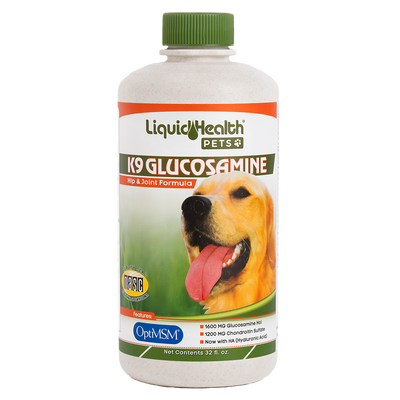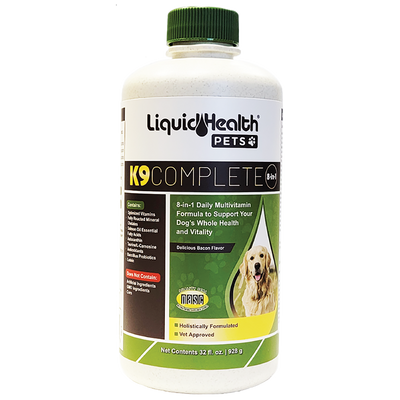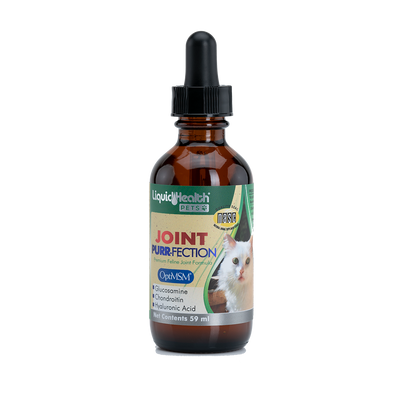Why is my cat eating my houseplants?
You’re going about your business, tidying up the house and all of a sudden you stumble upon chewed up pieces of your prized house plant. It probably wasn’t your partner or one of your children (although you never know). The culprit is your cat, AGAIN. Cats are carnivores and you can’t imagine that these expensive houseplants taste all the amazing, so why in the world is your cat eating your houseplants?
Although cats are primarily carnivores, in the wild they will occasionally nibble at plants for additional fiber. Although it can be a sign of indigestion, a domesticated cat eating your houseplants is more likely a result of boredom.
Is it safe for your cat to be eating your houseplants?
Houseplants can actually be very harmful to your cat and cause a myriad of health issues. While not all plants are harmful, there is a large number of common house plants that are, including:
- Sago Palms
- Daffodils
- Hyacinth
- Azaleas
- Tulips
- Oleander
- Rhododendrons
This list is nowhere near comprehensive, but Chewy and Rover both have detailed lists of plants that are toxic or harmful for cats.
Signs that your cat ingested a toxic plant
Side effects of your cat eating houseplants can range from mild to deadly depending on the plant. Many plants hold substances that are toxic for cats in their pollen, needles, seeds, flowers, and leaves. Your cat may even be in danger of ingesting these toxins while grooming after coming in contact with said plants. Some signs that your cat may have ingested a toxic plant may include:
- itchiness or scratching
- red, watery eyes
- vomiting or diarrhea
- breathing difficulties
- irregular heartbeat
- frequent urination
- drooling or difficulty swallowing
If you have noticed any of the above symptoms or see that your cat has ingested a plant, make sure to remove the plant bits from your cat’s mouth, paws, or fur and move them to safety. Call your vet or the Pet Poison Helpline immediately. When you take your cat in, it can give the vet a head start on treatment if you are able to bring a sample of the plant that was eaten or at least identify what type of plant it was. y cat next
A sure-fire way to keep your cat safe is educating yourself about which plants can be harmful for them and making those plants inaccessible. Whether this means putting them in areas your cat cannot access or just not owning them at all, is up to you.
If you’ve already done this and you’re simply trying to protect your houseplants, here are a few suggestions:
- Invest in cat grass (aids in digestion, great source of fiber, inexpensive)
- Sprinkle chili powder on the leaves
- Toss a lemon peel in the soil (cats hate the smell of citrus)
- Choose plants cats already hate (cactus, roses, etc.)
- Spray 1:3 parts mixture of vinegar and water on plants
- Pick up an over-the-counter plant spray from the pet store
Thanks for stopping by! Click the link here to read our article on other things that are unsafe for your cat to eat.






